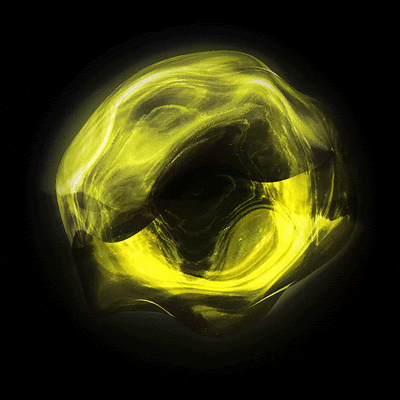
As a relative newcomer to AFFINITY (and having taken a pretty circuitous career path to get here), one thing that’s struck me most about the place is how we’re encouraged to look beyond the obvious to stimulate our thinking.
A perfect example of this can be seen in an article I read in one of our recent Library Hour sessions about Batesian Mimicry, a natural phenomenon where harmless species mimic the appearance of a harmful species in order to avoid the attention of more dangerous predators. The article’s hypothesis was around mimicry in the business world, but it soon got me questioning something we see in marketing just about every other day.
As the article says, it seems almost a law of nature that success will be copied, and in marketing we often see this dressed up and justified under the banner of “best practice”. Or we trawl award archives to see what tactics or techniques we might appropriate from the past, in order to achieve similar results in the future.
A few years ago, it was manifesto ads – you know the ones; semi-poetic voiceovers delivered in emotive tones to epic visuals. They were generally the domain for banks, telcos and any brand that liked to take itself way too seriously. Lately, it seems like every second ad I see is featuring people dancing like no one’s watching – except us hapless viewers – in order to sell everything from Internet services to Internet sites. Oh, and flavoured milk, radio stations, airlines, business accounting services and, mobile phones.
Now my take is that all these people are popping their favourite dance moves in order to associate their brand with a little already? Because ultimately, when everything looks the same, does anything really stand out?
Let’s return to the animal kingdom to see what they can tell us.
The man who identified Batesian Mimicry (unsurprisingly named Mr Bates), first observed it across species of butterflies in the Amazon Rainforest. The Monarch butterfly contained certain toxins in its body that made it a terrible snack for birds, so they remained uneaten. Meanwhile it was open season on the much tastier Viceroy butterflies. That was until Mother Nature intervened and they began to mimic the Monarch’s distinctive orange markings, giving the birds second thoughts about them too. But as Bates identified, once the mimics start to reach higher numbers, all bets are off, and the advantage is gone for all.
Which brings me back to the dancing. Whatever the “first” dancing ad was (and I’m going to give that gong to 2018’s amazing Apple HomePod ad featuring FKA Twigs), once I’ve seen it done 100 times I don’t feel very excited anymore. I start to see through these mimics, and any advantage to copying this approach begins to wear off for the brands creating them.
So why do we continue to see brands all doing the same things as each other? The fact is, tried and tested strategies are far less risky to us. It’s “safe” to copy the successful butterfly, and there’s no doubt early movers can benefit from that initial halo. Plus, doing something different compared to others who’ve been successful is clearly daunting! But if you can pull it off, there are even more rewards to be gained. On an analysis of thousands of Effie entries, Mark Ritson found that a higher level of differentiation corresponded with a higher Effie score – i.e. a higher level of effectiveness. Let’s look at a few brands that stayed away from what everyone else was doing to drive even greater results:
- Already holding a 40% market share in 2017, Chobani noticed competitors taking their branding strategy and making it their own. The shelves were filling up with yoghurt in shiny containers covered in bright colours and realistic fruit pictures. To stay ahead of the game and stand out on the shelf, Chobani moved to a matte container with a natural and minimal design – in line with the type of yoghurt they made. From 2019 to 2020, Chobani sales increased by 12%.
- Absolut Vodka needed to differentiate themselves in a market saturated by Russian brands. “Deliver an Absolut New Experience” was their strategy. Using subtle wordplay and arresting imagery, Absolut got creative, linking the bottle to activities, locations, current events, sports and holidays. It was a distinctive, ownable platform that allowed for constant reinvention. The campaign ran for over 25 years and helped take its market share from around 2.5% to 50% of the global vodka market. In the US alone, they went from selling 10,000 cases in 1980 to 4.5 million cases in 2000.
- In 2019, Tango saved themselves from a quickly declining market share by creating black cans that stood out against the usual brightly coloured soft drink cans. They connected with a new generation through their ‘Sticky Situations’ campaign that played on awkward situations often experienced by their target audience of 16-24 year olds. It saw them became the fastest growing fruit carbonates brand in the UK market; attracting approximately 1.4m extra households and growing brand value by GBP11.6m (or 34.4%) by March 2020.
So, before your next big campaign briefing kicks off, ask yourself the question: does your target really want to see more of the same? Or is there something distinctive you can give them? Here at AFFINITY we often look to data to answer questions like these. Something different may seem risky, but that risk doesn’t have to be uncalculated. And remember, copycats might be successful, but only sometimes. After all, how boring would it be if we all looked like the same orange butterfly?








